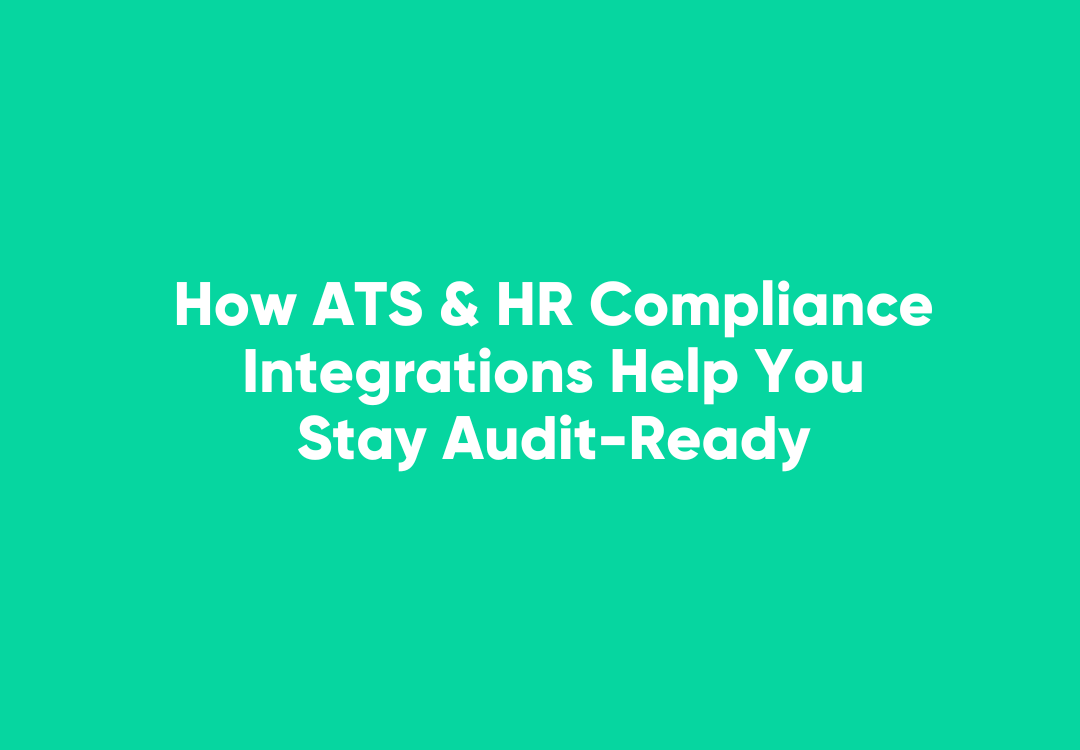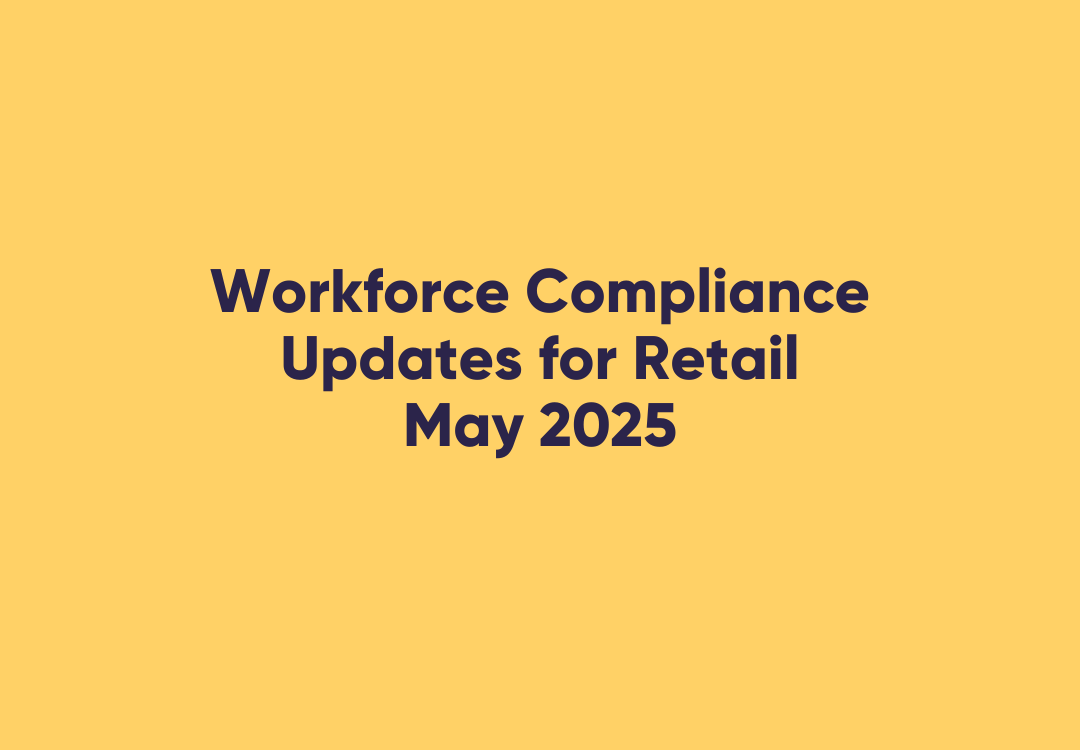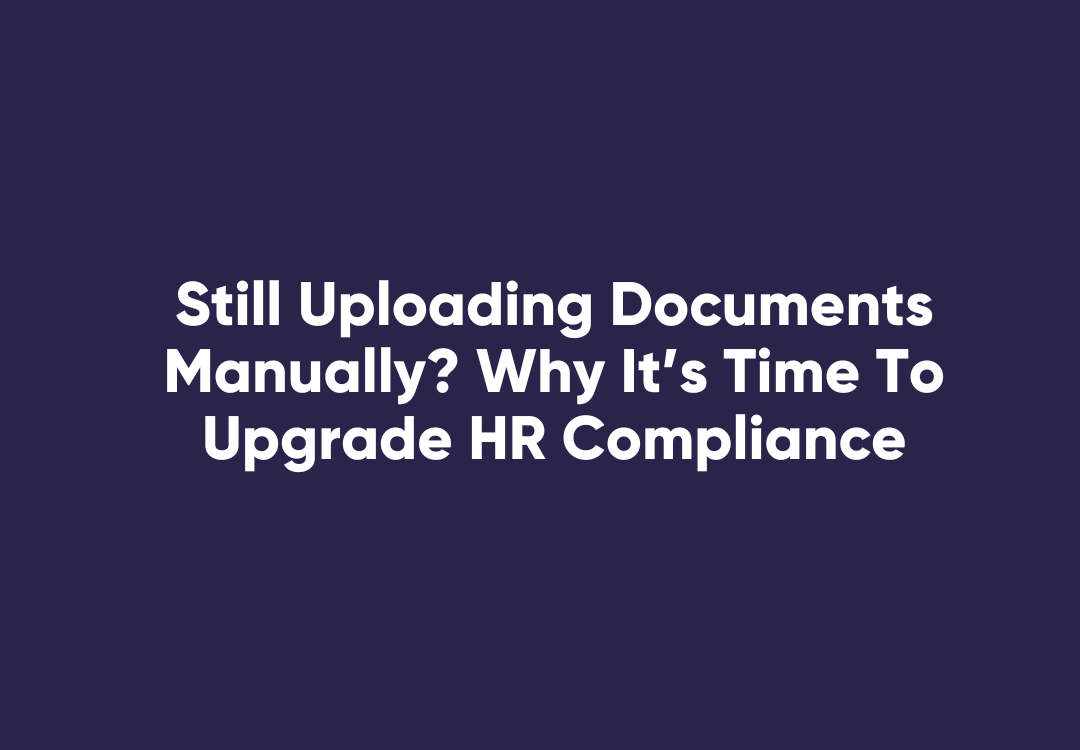How To Protect Your Workers When Transporting Dangerous Goods
Is your business involved with the transportation and handling of harmful/dangerous substances?
Then it’s crucial that you understand how to protect your workers, yourself and your workplace, and you are practising proper safety techniques and have implemented correct/compliant and systematic safety procedures.
Before we get to that though, let’s define dangerous goods.
We’ll then move on to implementing procedures and practices.
Dangerous goods are substances, mixtures or articles that, because of their properties, present an immediate hazard to people, property or the environment.
They may be corrosive, flammable, combustible, explosive, oxidising or water-reactive or have other hazardous properties.
These need to be handled in particular ways, in order to not only ensure your goods get to where they need to go, but to protect your workers.
Implementing Proper Procedures
Understanding The Chain Of Responsibility
No matter your role in the supply chain, you have a responsibility.
Chain of Responsibility (CoR) is a term given to an Australian legislative regime which imposes a safety responsibility on all parties in the heavy vehicle supply chain.
This is primarily a domestic law, but it also can affect foreign directors of Australian businesses and the packing of containers shipped to Australia.
Traditionally, drivers and operators have been the main focus of road transport laws.
However, the CoR regime mandates that compliance with transport laws is a shared responsibility across all members of the supply chain.
Anyone in the chain who has control over a transport task can be held responsible for breaches.
No matter whether you’re a consignor/dispatcher, packer, loader, scheduler, consignee/receiver, manager or operator – every party has to take all reasonable measures to prevent breaches of road transport laws.
Identifying Dangerous Goods
When it comes to assessing dangerous goods, the first step is to identify what substance/s it is using the Safety Data Sheet (SDS) and ensuring the SDS is readily available.
Using identifying signs in the workplace, like the one shown below, means that people can identify the principal hazard.
Australia has a system of classification/labelling for dangerous goods based on the United Nations systems used all over the world.
For everything except very small quantities, all packages and containers, shipping containers, unit loads and tankers that hold dangerous goods for transport must display the correct class label.
Each class of dangerous good needs to be treated differently, as the ways of storing, handling and transporting these goods can differ greatly.
There are nine classes in total.
Access to the Safety Data Sheets/Material Safety Data Sheets
Crucial to any business, a SDS/MSDS is a document that provides information on the properties and qualities of dangerous goods, and how they potentially affect the health and safety of those in the workplace.
The sheets offer information on the identity of the substance, health and physiochemical hazards, safe handling and storage, emergency procedures, and what to consider when disposing of the good.
The SDS must be readily accessible to those dealing with hazardous substances, and you must ensure that no-one interacts with the good until adequate information is provided to everyone involved in the storage and handling of the substance.
Personal Protective Equipment (PPE)
While PPE is not always the first line of defence against dangerous goods, given that it relies on human behaviour to mitigate risk, it is still an effective control when used in combination with other methods of mitigating risk.
The Safety Data Sheet and Material Safety Data Sheet will outline what PPE is to be used when handling goods and you must ensure that everyone adheres to the application of PPE as part of standard procedures and good practice.
Transferring Dangerous Goods
When it comes to transporting dangerous goods, the procedures and practices are strict.
They include:
- Filling, loading, pumping or pouring of dangerous goods into a container
- Discharging, unloading, pumping or pouring of dangerous goods from a container to mitigate risk when transferring goods your procedure must include:
- Preparation for spill containment
- Avoiding creating static electricity
- Procedure for transferring the goods in a way that reduces the generation of any vapours
- Ensuring that the container used for transfer is suitable and won’t be damaged by the substance
- Easy access to spill kits
- Container lids are kept sealed
Reporting Incidents
Reporting is critical and must be defined and reporting procedures must be adhered to. Early reporting means that emergency services can be notified in cases of:
- Injury to a person/s
- Potential for the incident to escalate and endanger or injure a person/s
- Exposure to an immediate risk to health or safety as a result of an incident
- Property damage
- Potential for environmental damage
Training and Education
When it comes to handling, transporting and storing dangerous goods, training of staff and dissemination of information and process is key.
WorkPro’s broad range of practical, pre-built job and industry specific learning modules are created by industry experts, and focus on work safety and compliance.
WorkPro’s Handling, Storing and Transporting Dangerous Goods module directly relates to the handling and transport of dangerous goods and encompasses key elements covered in this article.
Importantly, it carefully outlines how to work safely when transporting and handling hazardous goods, covers how to prevent incidents and injury to workers, as well as appropriate reporting mechanisms.
You can access the module, and many more industry-specific and general training modules in our library here.












